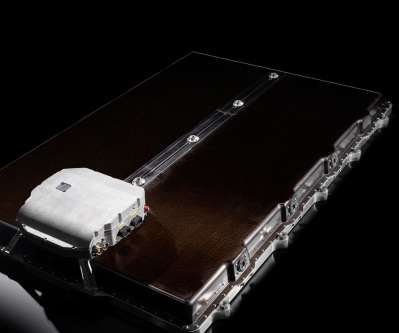Energy Harvesting for Wearable Technology Steps Up
Cars That Think
NOVEMBER 1, 2023
The best-known wearable energy-harvesting tech today is, of course, solar, which pulls down electrons from sunlight or ambient light. But solar is just the opening gambit. A backpack with a giant solar panel might work technically, but not in reality. volts for about 60 hours. Leveraging watch tech for…bisons?












Let's personalize your content